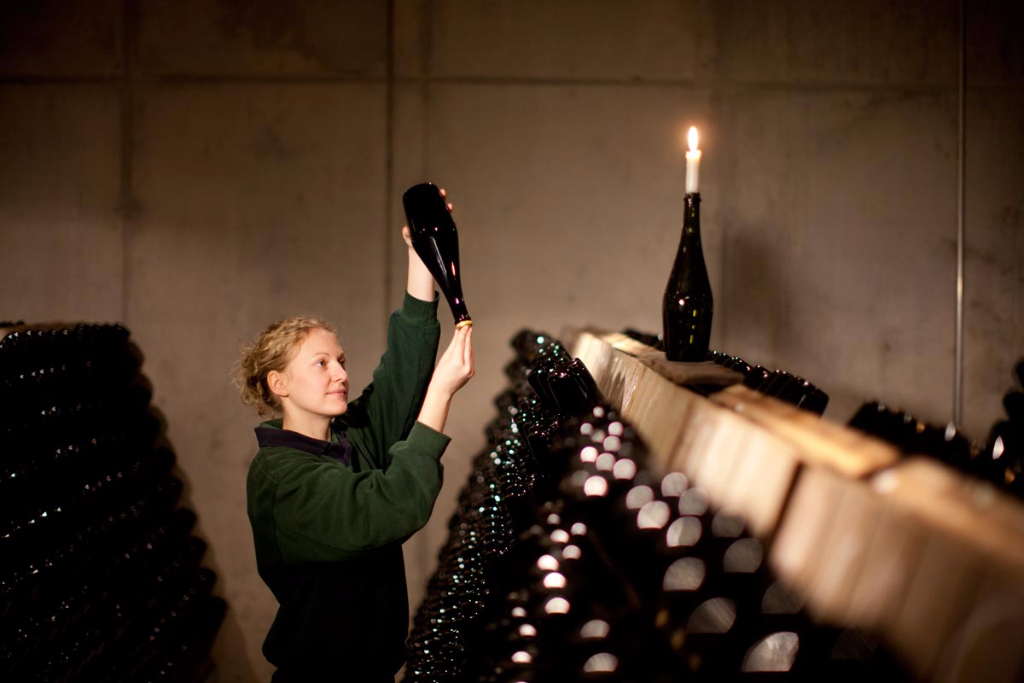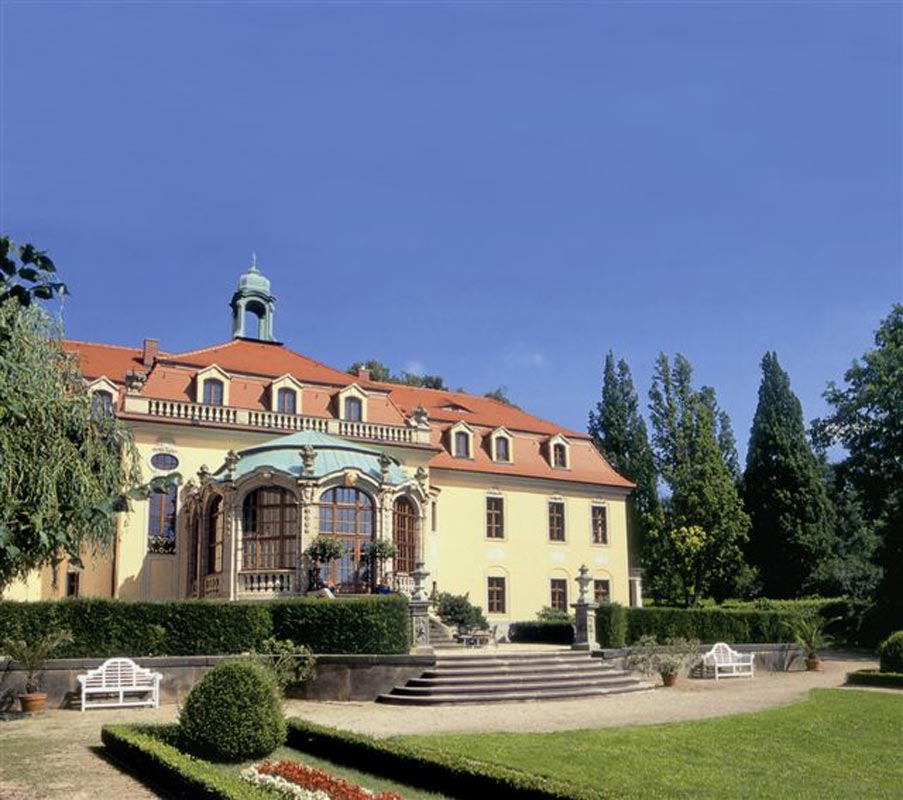Such was the motto of the ‘Society for the Abolition of Sobriety’, established by Augustus II the Strong in the 18th century. He chatted with ‘Soldier King’ Frederick William I of Prussia, and the pair simply drank their way through many a political crisis. The meeting had been arranged by Count von Wackerbarth, and the Saxon State Winery in Radebeul, where he resided in his old age, continues to bear his name to this day. By the time of Germany’s reunification, the estate was technically outdated, the quality of the wines substandard, and millions of Marks needed to be invested. ‘At the time’, CEO Sonja Schilg reflects, ‘very few people had heard of Saxon wines.’ A management concept was necessary. Marketing wine as a cultural asset, acting as ambassadors for a whole region, advocating pleasure and culture, and representing the entire 55-kilometre-long Saxon Wine Route from Pirna to Diesbar-Seusslitz were the main objectives. Wine and sparkling wine production was also to be made interactive, resulting in ‘Europe’s first interactive winery’.







